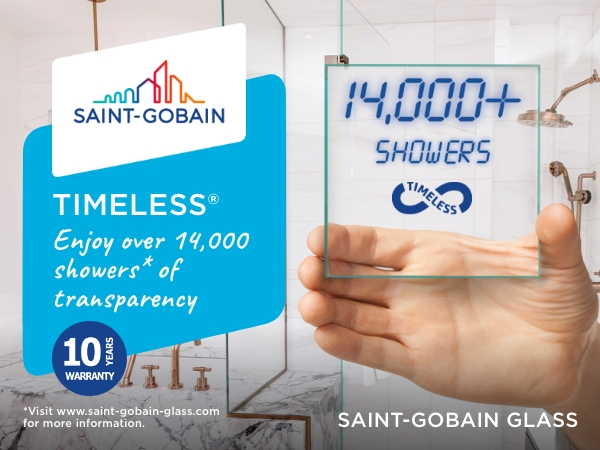Date: 10 April 2010
AZS fused cast blocks have a very special "skin"; it develops as a consequence of contact between liquid refractory and the sand mold where it is poured, and evolves with the subsequent crystallization and solidification processes.
His unique heterogeneous structure has implication in the resistance to glass corrosion.
Maintaining or scalping away portions of this skin can make a difference in the visual appearance of blocks but also, and most importantly, in the refractory performance.
You like to know more? Then, read the full news at the address:
http://www.fusedcast.com/news.asp
From there you can also browse several more news on fused cast refractories and info about fused_cast@technologist.com.
www.fusedcast.com
2010-04-10T13:00:00
AZS fused-cast refractory; skin structure and peculiarities relevant to glass corrosion resistance
glassonweb.com 




Add new comment